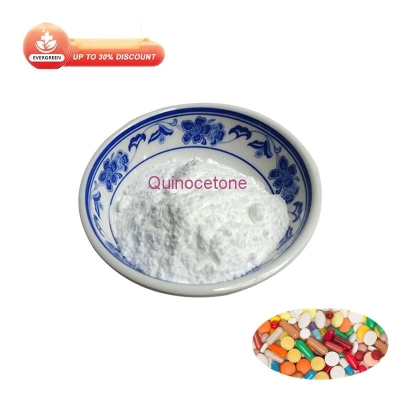-
Categories
-
Pharmaceutical Intermediates
-
Active Pharmaceutical Ingredients
-
Food Additives
- Industrial Coatings
- Agrochemicals
- Dyes and Pigments
- Surfactant
- Flavors and Fragrances
- Chemical Reagents
- Catalyst and Auxiliary
- Natural Products
- Inorganic Chemistry
-
Organic Chemistry
-
Biochemical Engineering
- Analytical Chemistry
- Cosmetic Ingredient
-
Pharmaceutical Intermediates
Promotion
ECHEMI Mall
Wholesale
Weekly Price
Exhibition
News
-
Trade Service
Benzoic acid, 4-amino-, 2-(dimethylamino)ethyl ester, also known as 2-(dimethylamino)ethyl 4-amino-benzoate, is a synthetic chemical compound that is commonly used in the chemical industry.
It is a derivative of benzoic acid, which is a naturally occurring substance that is found in various plants and animals.
The synthetic routes of 2-(dimethylamino)ethyl 4-amino-benzoate can be broadly classified into two categories: direct synthesis and indirect synthesis.
Direct Synthesis:
The direct synthesis of 2-(dimethylamino)ethyl 4-amino-benzoate involves the reaction of 4-aminobenzene sulfonamide with dimethylaminoethanol in the presence of a strong acid catalyst, such as sulfuric acid.
This reaction results in the formation of the desired ester, which can then be purified and further processed as required.
Indirect Synthesis:
The indirect synthesis of 2-(dimethylamino)ethyl 4-amino-benzoate involves the synthesis of benzoic acid, which is then converted into the desired ester.
This can be achieved through a variety of methods, such as the oxidation of benzaldehyde or the condensation of benzoic acid with formaldehyde.
Once the benzoic acid is synthesized, it can be converted into the desired ester through reaction with 2-(dimethylamino)ethanol in the presence of a strong acid catalyst, such as sulfuric acid.
The selection of a particular synthesis route depends on a variety of factors, such as the availability of starting materials, the desired yield and purity of the final product, and the cost and availability of the necessary equipment and reagents.
The synthesis of 2-(dimethylamino)ethyl 4-amino-benzoate is an important step in the production of a variety of chemical products, such as dyes, pharmaceuticals, and fragrances.
It is also used as an intermediate in the synthesis of other chemical compounds, such as amino acids and amino alcohols.
In conclusion, 2-(dimethylamino)ethyl 4-amino-benzoate is a versatile synthetic chemical that is widely used in the chemical industry.
The synthesis of this compound can be accomplished through a variety of routes, including direct and indirect synthesis.
The selection of a particular synthesis route depends on a variety of factors, such as the availability of starting materials and the desired yield and purity of the final product.







